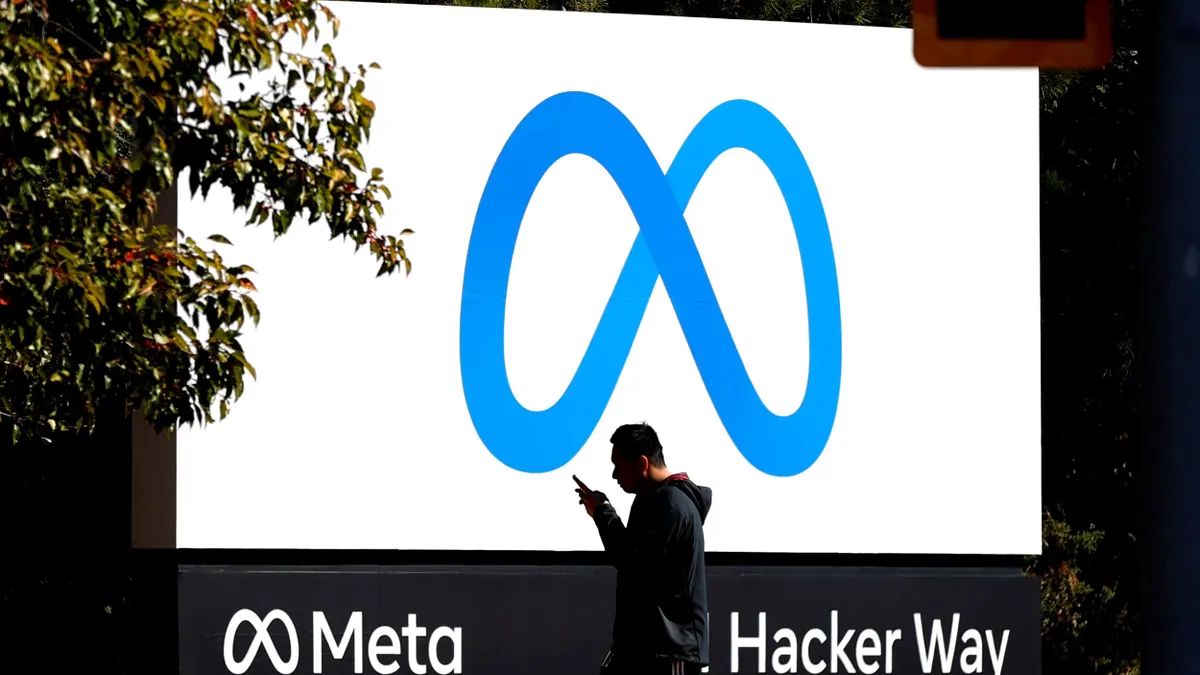Editor's note: The following is a guest post from Inbal Lavi, CEO of performance marketing company Webpals Group.
Not unlike other service industries, traditional banking finds itself grappling with a new world order in which clients expect that money — like everything else in their lives — be available at their fingertips. With the growing popularity of person-to-person money transfers, payment apps and digital wallets, traditional banks' survival demands nothing short of a revolution in how they interact with their increasingly tech-savvy clientele.
Fear not: Far from dooming traditional institutions, the flourishing of mobile solutions for fintech will simply push brick-and-mortar banks to expand their presence by offering clients tailored solutions across retail, web and mobile. To thrive in the age of fintech, banks will also need to compete with emerging non-bank players offering innovative money transfer solutions, such as Paytm and PhonePe in India, China's Alipay and the U.K.'s TransferWise.
Here are three core principles to guide traditional banks as they navigate the fintech revolution:
Continuous innovation
A commitment to innovation is crucial to any bank hoping to attract, nurture and retain clients.
Consider the current state of play. Last year, there were 6.5 million average monthly active users of finance apps in the U.S. alone — representing a 40% year-over-year increase compared to 2016. Research by the Collinson Group found that 81% of affluent middle-class customers in key global markets use banking and finance apps, with customers preferring online or mobile banking by a 53% to 47% margin over going to a brick-and-mortar branch or making a phone call.
These statistics underscore customers' preference for using mobile phones to manage all areas of their lives, making banking more convenient and cost-efficient. Apps make it easier for consumers who demand everything at their fingertips to pay bills, transfer money, manage checking accounts and even invest money via apps.
As technology evolves, more services will become available at the tap of an app, while the market for those services will grow. With millennials set to inherit $30 trillion in wealth from their parents and grandparents over the coming decades, and with millions of the formerly "unbanked" in emerging markets leading the fintech revolution, innovation is a matter of necessity.
Innovative institutions will not only position themselves for success as digital natives and emerging market consumers accrue wealth. They will also be able to easily reach the global marketplace and provide a competitive advantage over less-innovative institutions.
Branding by app
With 63% of U.S. smartphone owners using at least one financial app, the need for continued innovation is clear. As institutions adapt to this reality, a variety of similar applications will be developed by each financial brand.
Given that these apps will perform similar functions, the success of each app will hinge in large part on their branding for segmented audiences. To distinguish their offerings in the marketplace, institutions will need to think about the consumer appetites and attitudes of core audiences — young professionals, retirees, college students, teenagers, parents and the like.
Expect a plethora of offerings targeted toward those seeking to manage their student loans and other debt; invest in equities; buy a home; and manage their finances in retirement.
Success in the marketplace requires a meticulously designed and executed strategy for branding an app through digital and mobile. To reach the relevant audience, each type of app should be promoted on channels tailored to the target audience — social media for millennials and mail for seniors, for example.
Navigating the mobile space
Successfully executing these strategies requires expertise in the mobile space. A combination of technology, creatives and statistical analysis must be used to drive high-quality traffic to the apps and maintain user engagement. Getting people to download the apps is one thing, but retaining them and ensuring that the mobile experience becomes an integral part of their lives is another.
Banks and other traditional institutions must invest then in the technology, data science, campaign strategies, creative, measurement and modeling tools necessary to gain an intimate understanding of key audiences. With these insights, institutions will be able to more effectively market relevant personal finance products such as credit cards, loans, insurance, wallets and more.
As apps become the predominant mode of global money transfer, only the most forward-thinking financial institutions will be able to withstand this tech infusion. As with natural selection, only those brands who adapt will survive and thrive.





















